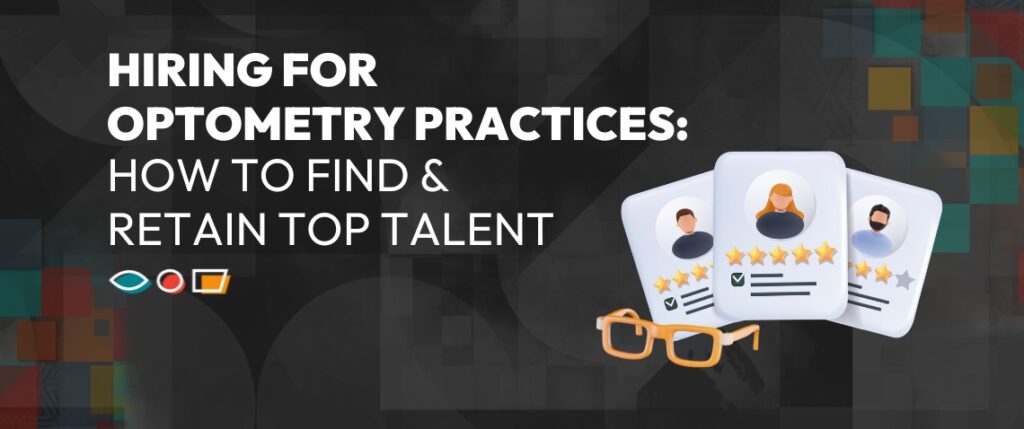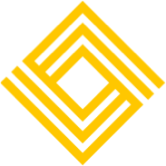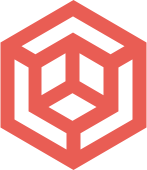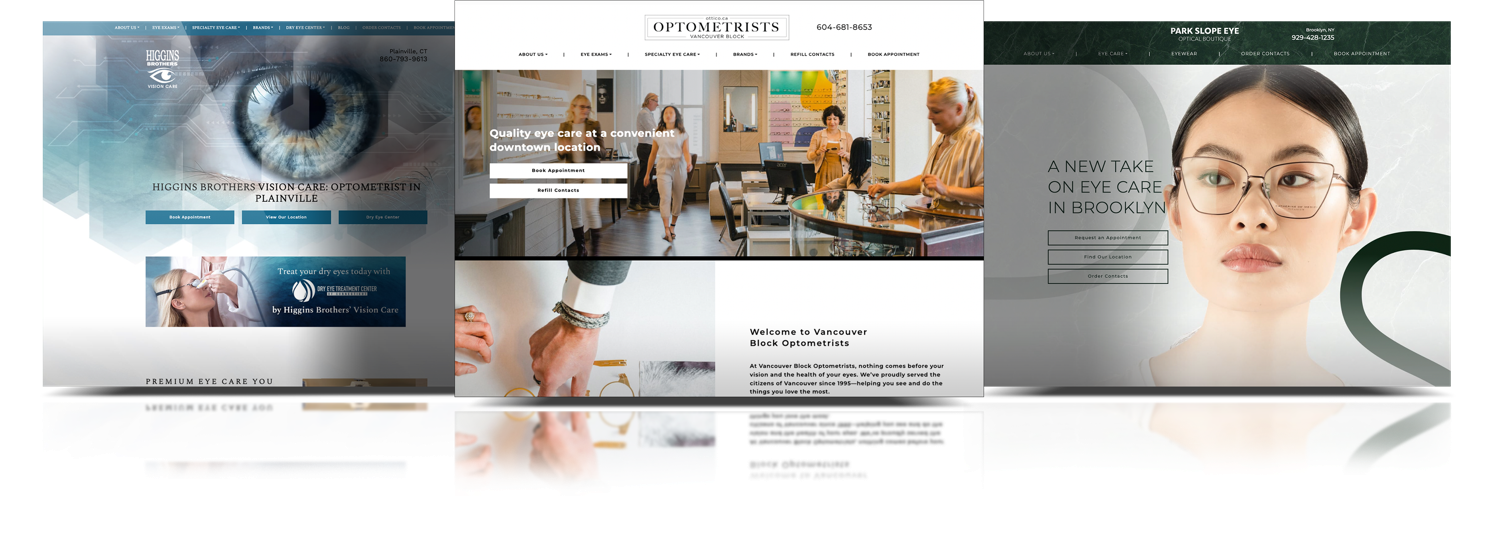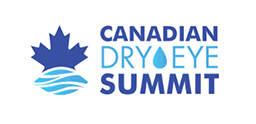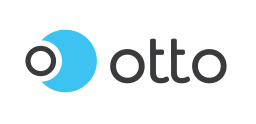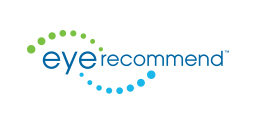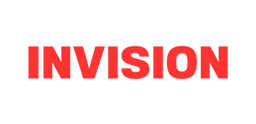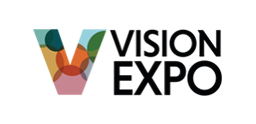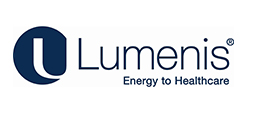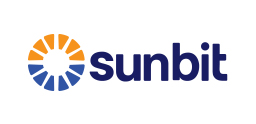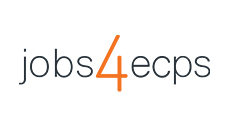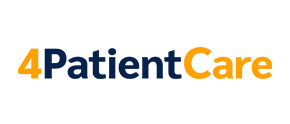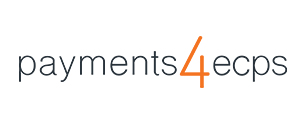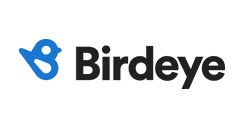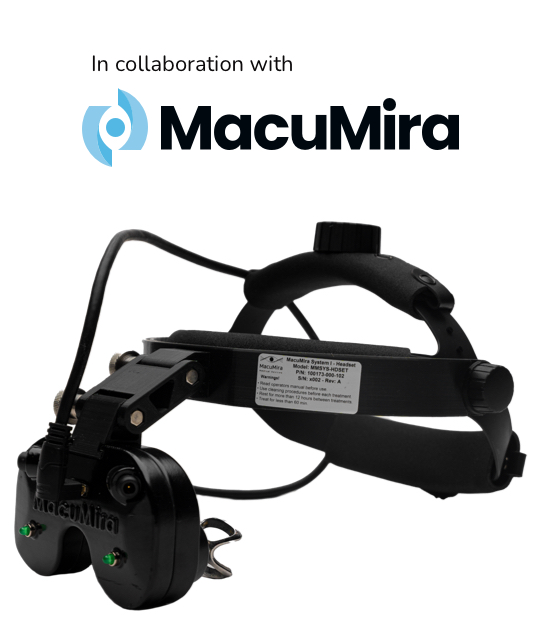Finding and keeping the right people for your optometry practice isn’t just about filling roles, it’s about building a team that truly fits together and wants to grow. To do that, you need more than a job posting; you need a clear sense of who you are, what you offer, and what kind of talent will thrive in your culture. From defining your workplace identity to planning interviews that reveal the real story behind each candidate, this guide walks you through every step. If this is your first time hiring or you have years of experience, this approach will help you attract the right people, and keep them!
Know Who You Are and What You Offer
Before you can attract the right people, you need to be clear on who you are as a workplace. This isn’t just about what’s written on your website, it’s about how your team actually shows up day to day. Knowing who you are means being honest about:
- What your culture actually feels like
- Your team’s values, both the ones you’ve put on paper and the ones that quietly shape how your team works
- Your team’s leadership, how feedback is given, how trust is built, and how problems are handled
- What kind of person thrives in your team, and who doesn’t
Define Your Employee Value Proposition
Once you know who you are as a practice, it’s time to define your Employee Value Proposition (EVP) – the “why someone would want to work here (and stay).”
Your EVP is the full package of what you offer in exchange for someone’s time, talent, and commitment. It’s not all about the paycheck; think about how people feel when they work with you, how they grow, and whether they see real meaning in what they do.
EVPs include:
- Material offerings: Cash compensation, benefits, and perks (e.g., onsite gym, free coffee/snacks, etc.)
- Lifestyle benefits and motivators: Flexibility, autonomy, and work-life balance
- Growth and development: Skill development and certification courses
- Purpose and impact: The degree to which they engage with the work they’re doing and align with the company’s values
- Connection and community: The overall experience of being part of your team
You know who you are and what you bring to the table, and your job posting needs to reflect that. A job posting is an advertisement, and like any good ad, it needs to be crafted to attract the right audience.
Know Who You Want and What You Need
Before you start hiring, be clear on the competencies and qualifications this role requires.
- Competencies refer to the skills, behaviors, and attributes a person needs to succeed in the role — things like adaptability, attention to detail, or strategic thinking.
- Qualifications, on the other hand, are the measurable credentials or experiences they bring with them, such as a specific certification, education level, or years in a similar role.
Once you’ve defined the qualifications and competencies this role requires, take a few minutes to split them into two categories:
- Must-Haves: These are the non-negotiables. The things this person needs to bring to the table. If they don’t have these, they’re not the right fit.
- Nice-to-Haves: Helpful but not essential. These can be trained or give someone an edge, but they shouldn’t overshadow the must-haves.
You’re rarely going to get 100% of your wish list in a candidate. That’s why it’s so important to be clear on what really matters and what you’re willing to let go of.

Plan Your Interview Process
You’ve already defined your qualifications and competencies; now you need to figure out how you’re going to evaluate the candidate for each one.
For every qualification or competency, ask yourself:
- Can I evaluate this on their resume or application?
- Can I assess it by asking questions in an interview?
- Do I need to see them in action to evaluate them properly?
Use your answers to plan:
- How you’ll assess each element: What kind of interviews, tasks, or assessments will give you the insight you need?
- When to assess what: What should happen first, second, and last to build a clear picture without overloading the process?
- Who’s involved: Decide who will be on your Interview Committee and plan to debrief with them after every candidate.
Tips on Forming Your Interview Committee
- Limit the group: Too many voices can dilute decision-making. 2–3 (consistent) interviewers are usually enough for most roles. Include people who think differently from you. They’ll notice things you might overlook.
- Meet with your committee pre and post interview: Walk through the must-have and nice-to-have competencies together so everyone’s evaluating against the same criteria. After the interview, compare notes right away.
Build Your Interview Process & Guide
Not every role needs the same interview process. Your approach needs to match what you’re trying to learn about the candidate.
Phone or video call
- Great for first impressions
- Use this to check communication style, tone, and overall professionalism
- Useful for confirming availability, motivation, and basic alignment before investing more time.
In-person interview
- Best for assessing attitude, presence, and cultural fit
- Gives you a better sense of how they interact, how they carry themselves, and whether they’d mesh with your team
Working interview or a take-home project
- Helpful for evaluating real skills and instincts
- Gives you a chance to assess how they approach problems, how they work under pressure, and the quality of their work
Use the Flag System and Probe
Red Flags = Deal-Breakers
These are responses that clearly indicate the candidate is not the right fit for the role. Red flags disqualify the candidate from moving forward.
Yellow Flags = Unclear or Concerning; You Need More Information
These responses raise questions or show signs of misalignment, but they aren’t automatically disqualifying. You’ll need to probe and ask follow-up questions to clarify. Yellow flags should always be cleared up before you consider hiring a candidate. If you can’t clear it, it becomes a red flag.
Green Flags = Strong Alignment
These are responses that show clear alignment with your competencies, values, and team environment. Move the candidate forward with confidence.

Evaluate with Intention (Then Trust Your Gut)
When the interviews are complete:
- Go back to your must-have list. Don’t just choose the “best of the bunch”, make sure they actually meet the requirements you set before you started.
- Use your flag system. Review your red, yellow, and green flags to assess each candidate and keep evaluations focused on what matters.
- Talk it out as an Interview Committee right after the interview, while it’s fresh.
- Don’t ignore your gut. If everything looks great on paper but something still feels off, pay attention to that feeling.
Bottom line: If it’s Not an Enthusiastic Yes, it’s No.
You’re not just trying to fill a role; you’re looking for someone who will thrive in your culture and value what you have to offer.
- Lead with what makes you different.
- Be clear about what it’s like to work with your team.
- Promote your EVP and your values, not just a list of responsibilities.
Attracting the right people starts with telling the right story, and we’re here to help you tell it. Cleinman Performance Partners now offers HR services to help you with everything from role definition to onboarding and retention strategies. Marketing4ECPs brings your story to life through custom job ads, compelling career pages, and digital campaigns that reach the talent you actually want to hire.Ready to build a team that sticks? Reach out today to start attracting top talent with confidence.


